While droughts have long plagued California, the problem has affected most of the West. In Colorado, officials are looking to turn off the tap of 25,000 acres of irrigated farmland to protect what little water the state has in its reserves.
Colorado has struggled to meet its obligations in the Republican River Compact Agreement as the water situation worsens in the region.
Water Levels in Colorado Are Dangerously Low
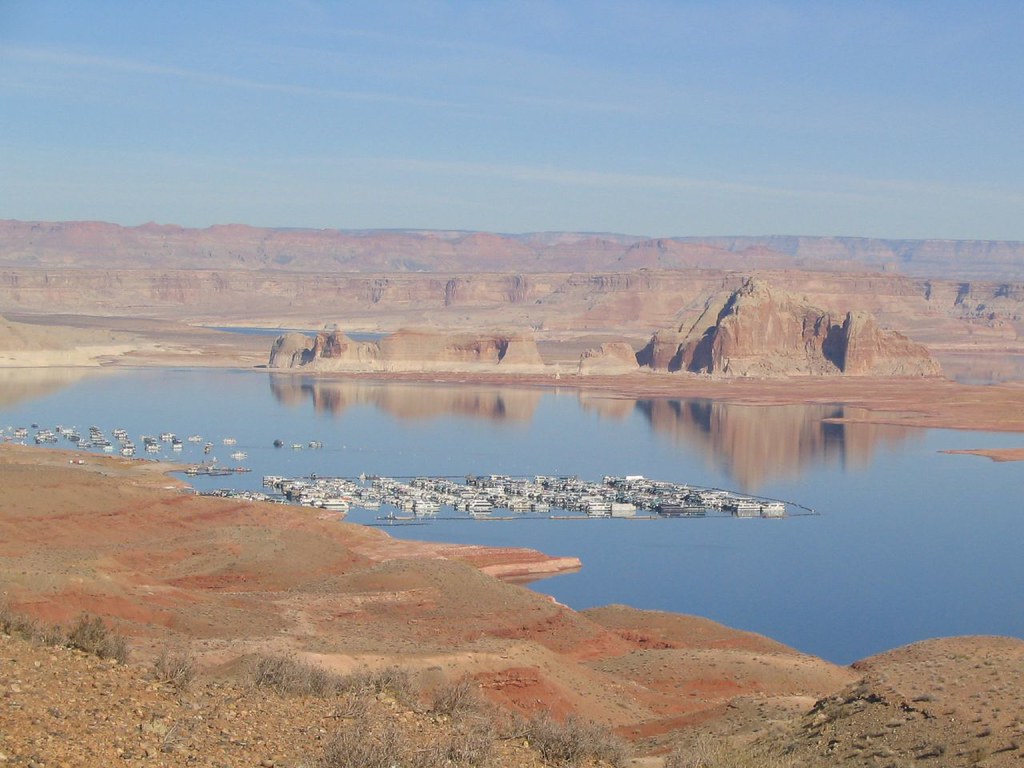
Officials in the West have been trying to find ways to preserve the little water in their drought-ridden reservoirs. Colorado must make certain sacrifices to preserve water and meet its water obligations to other states.
One of these sacrifices includes turning off the water to 25,000 acres in the Republican River basin before 2030.
Colorado Officials Turn the Tap Off
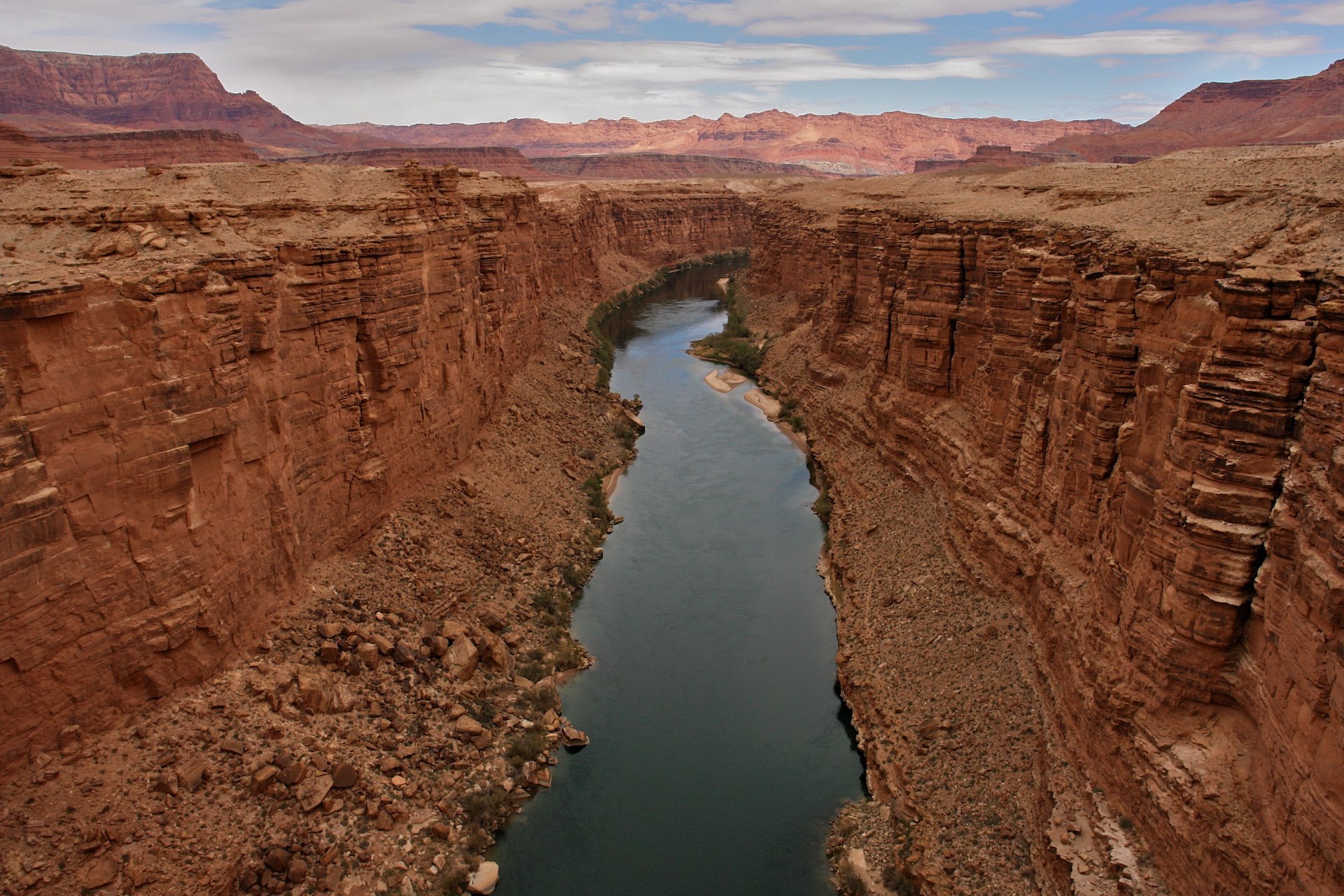
The area that has been selected to lose its water source accounts for more than 25 percent of irrigated land. The crops in the area will have to rely on nature or die from the drought.
This drastic measure might be enough to satisfy the state’s need to meet its water requirements. If it doesn’t, then Colorado officials might turn off the wells of more than 500,000 acres of land.
What Is Colorado’s Water Obligations

Colorado’s obligations under the Republican River Compact Agreement involve water allocation and management across the state (11 percent), Nebraska (49 percent), and Kansas (40 percent).
With droughts affecting all three states, Colorado faces challenges that could lead to rising tensions and stricter water management measures within the state.
Who Will Be Affected By Colorado’s Plans?
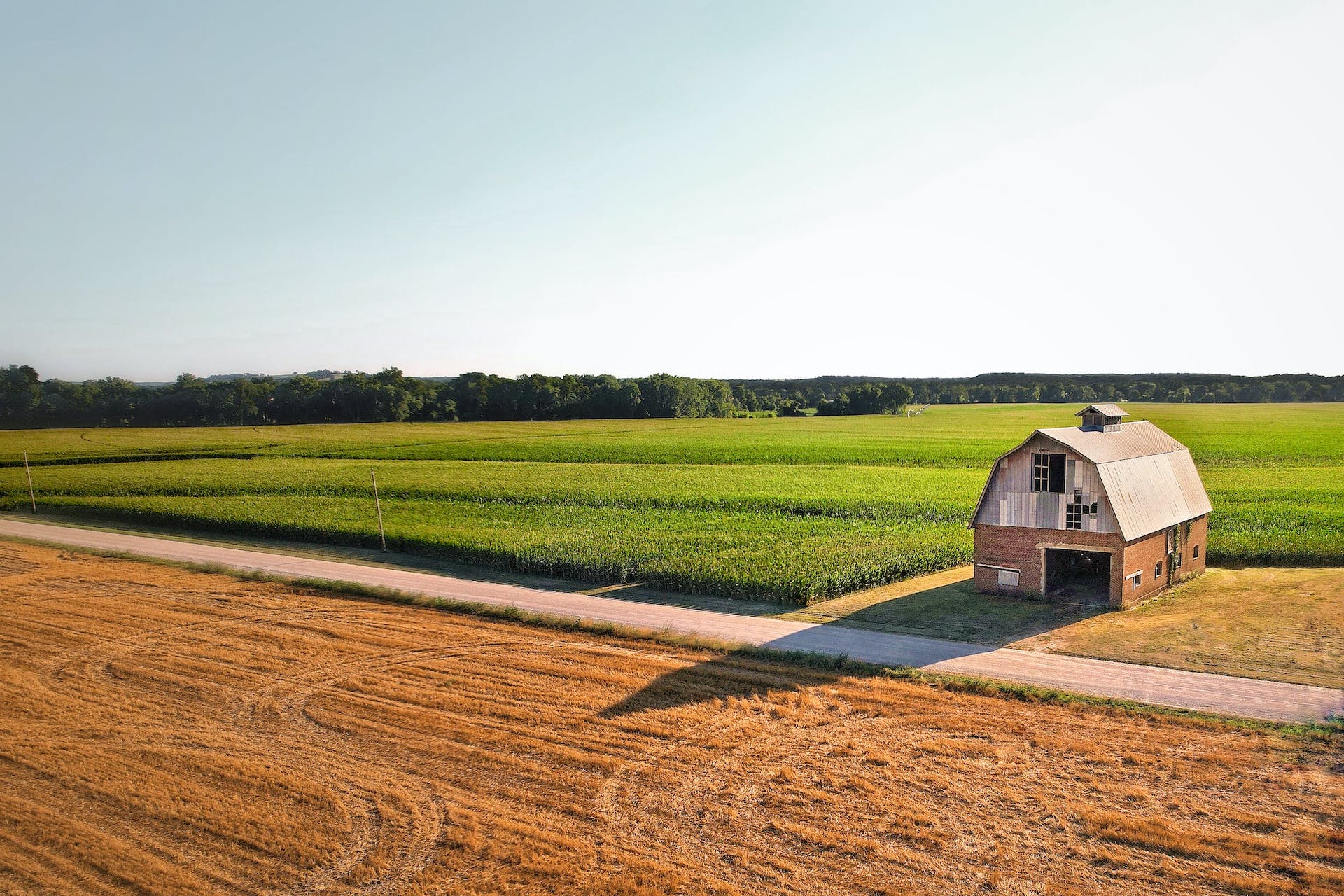
Of course, the people who would be largely affected are the farmers. Crops would fail, which would put a strain on the local economy. The loss of income for the farmers would spread to the local businesses.
“What’s frightening about it is that it’s really an existential issue for those living in that region,” Colorado State University Professor Jordan Suter told the Greeley Tribune (via Newsweek). “With good reason. If irrigated production goes away, the area can’t really support a large population.”
Local Governments Could Also Feel the Affects

Local governments have been concerned about the lack of water in the region for some time. As officials and locals have watched the Colorado River Basin lose as much as 10 trillion gallons, fear about water shortages poses a threat to many people’s livelihoods.
The Colorado River Basin isn’t the only evidence of water levels reaching a concerning level. Lake Mead’s water levels have fallen so low that water can no longer flow downstream.
The Two Largest Reservoirs Are Almost Dead Pools
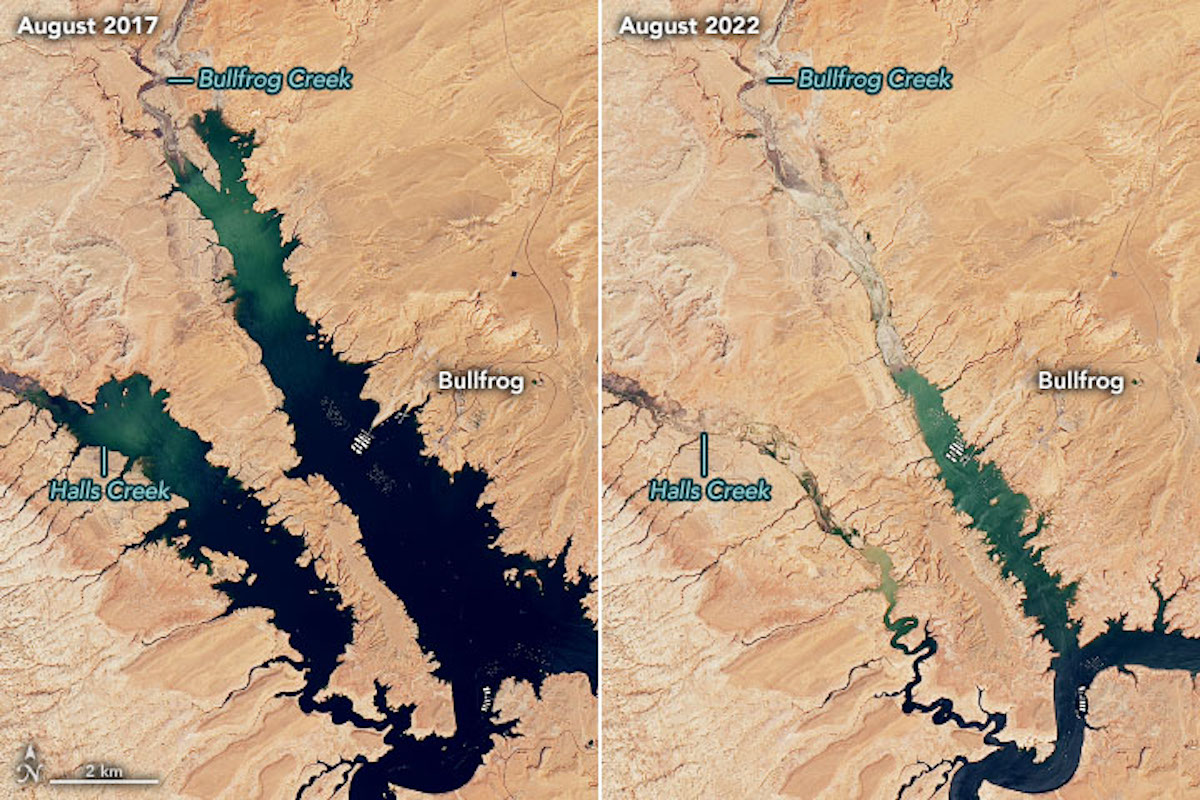
The two largest reservoirs in Colorado–Lake Mead and Lake Powell–are threatening to become dead pools. Dead pools are reservoirs that have reached a critical water level at which the water can no longer flow downstream.
While Lake Mead did recover slightly after an abnormally wet winter in 2023, the water levels are nowhere near what they need to be for 2024.
Some Solutions to Help the Water Crises in the West

Government officials are well aware of the problem plaguing the West and are trying to find any solution to the problem. One solution proposed by the U.S. Bureau of Reclamation is a tiered shortage system that reduces the allocated amount of water to certain regions.
In 2023, the Biden Administration proposed a temporary solution to three states in the lower Colorado River basin.
Three States Received Federal Help
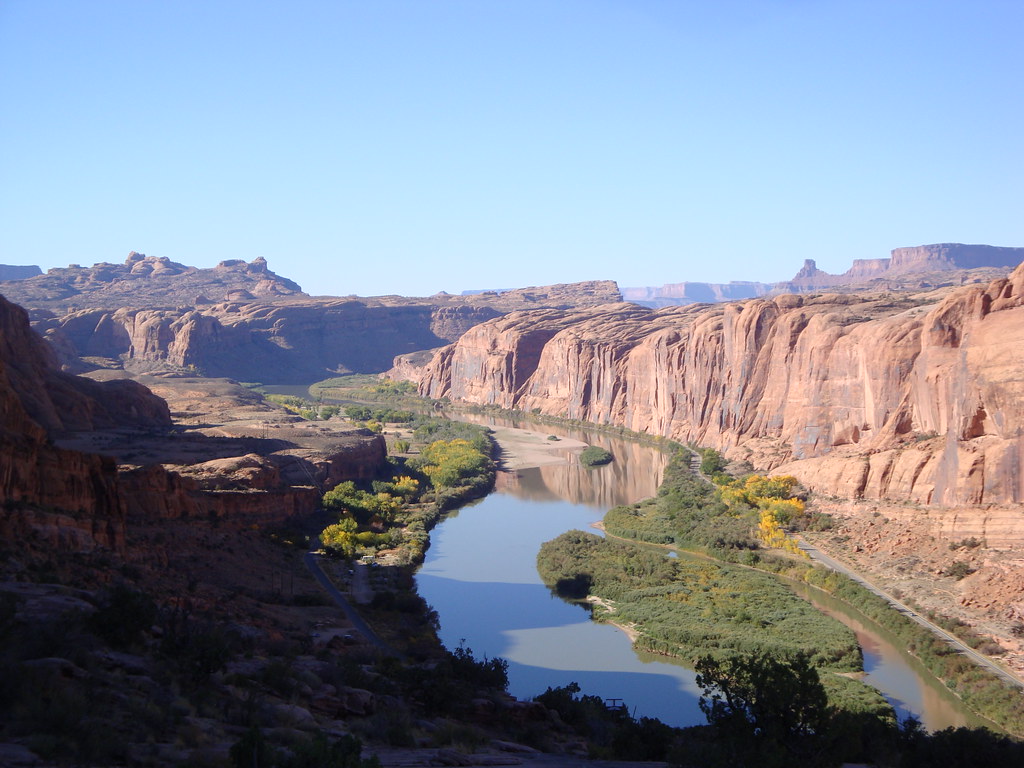
The agreement compensates the Lower Basin for conserving 3 million acre-feet of water through 2026. The total of that compensation, which is around $1 billion to $1.2 billion in federal funds, will be used to fund organizations and farmers who voluntarily reduce their water usage.
Joe Biden Praises the Agreement

“Today’s agreement between the Department of the Interior and seven Colorado River Basin states on a consensus-based approach marks an important step forward in our efforts to protect the stability of the Colorado River System in the face of climate change and historic drought conditions,” President Joe Biden said in a statement on the White House’s website.
He continued: “Thanks to my Investing in America agenda, we are deploying record resources to support water conservation and improve the Colorado River’s long-term sustainability. This approach will benefit the 40 million people who rely on the Colorado River Basin for agriculture, drinking water, and power, and is a critical step to building a sustainable, resilient future for states, Tribes, and communities throughout the West.”
Other Solutions Might Not Be As Impactful

While the Lower Basin reached a solution, other water officials are doubtful that the region could reemerge from the water struggles. Colorado Water Center Director John Tracy thinks the Republican River’s struggles have no end in sight.
“My guess is that at some point, in 2035 or 2040, Kansas will realize there’s not enough water coming down the river and they’ll be back at it,” Tracy told the Greeley Tribune. “We’re going to continuously be in this conversation forever. Get used to it.”
These Temporary Solutions Create a Worrisome Future

Another way the West is attempting to fix its drought problems is by finding ways to preserve the winter water from the series of atmospheric rivers that have pummeled California over the last few winters.
While these solutions are temporary and could be useful, the long-term effects are frightening to many.
